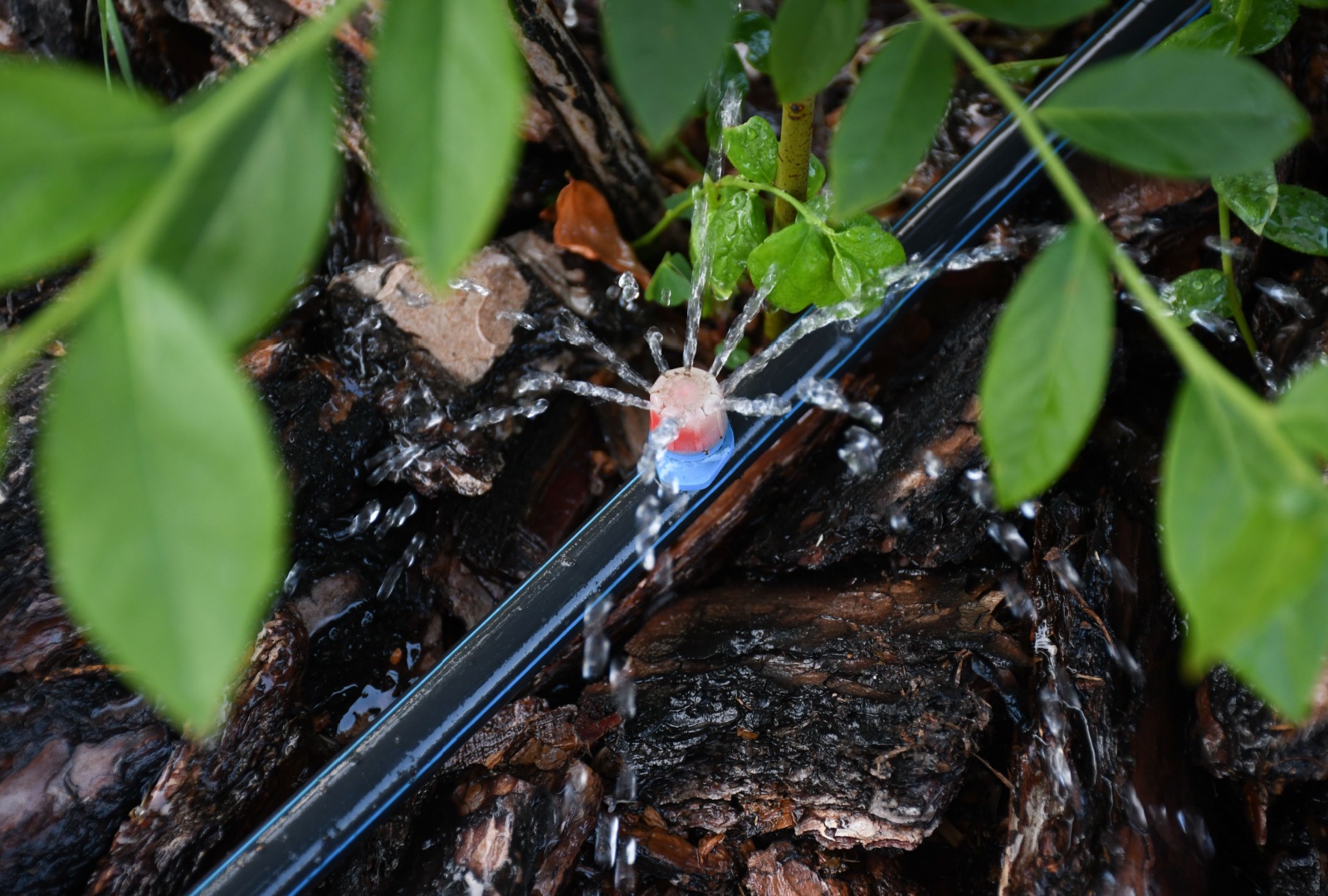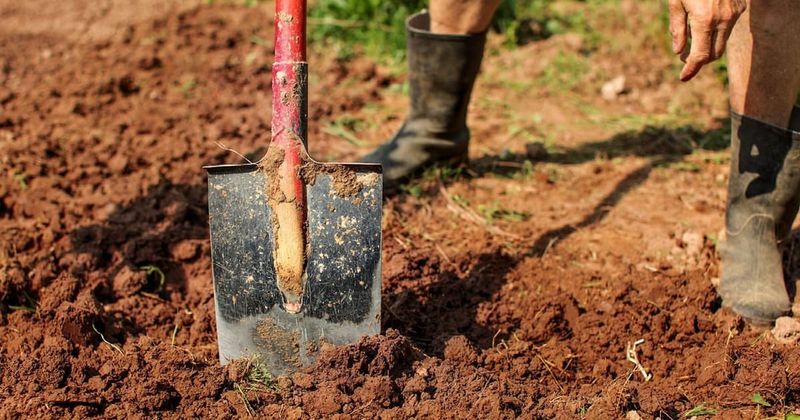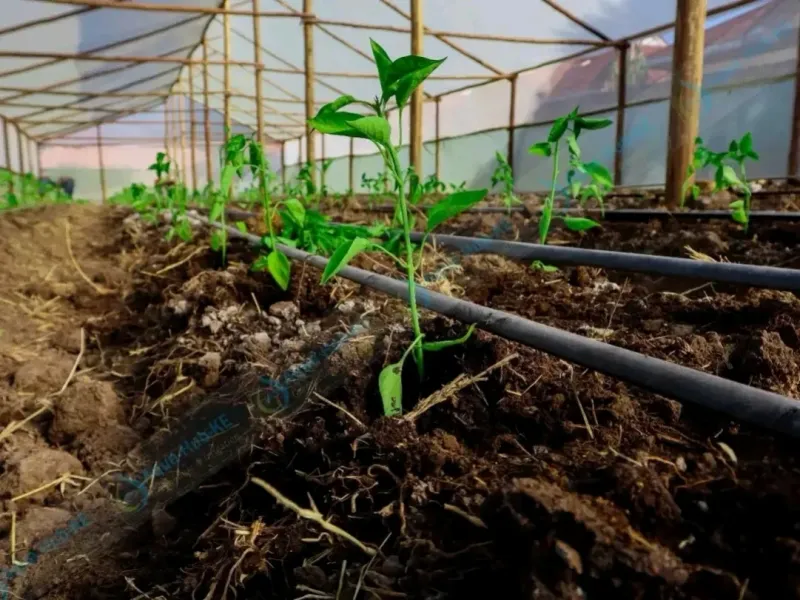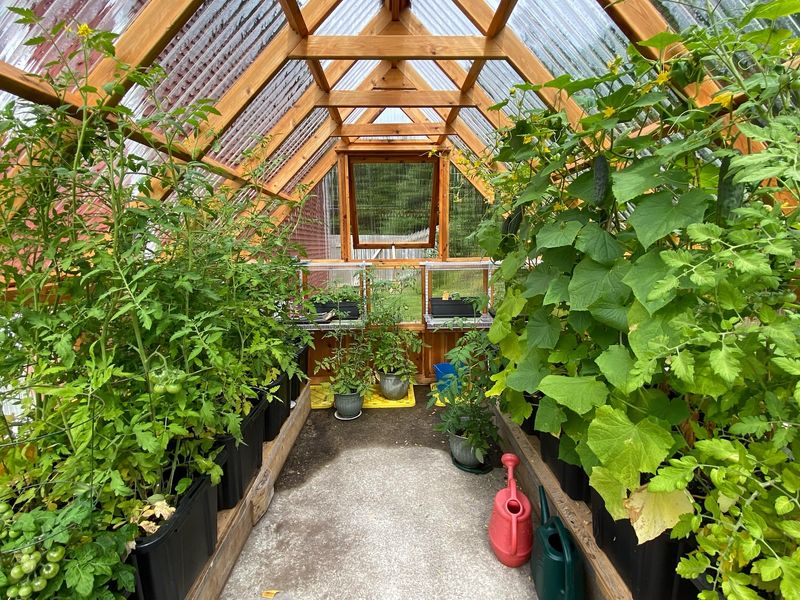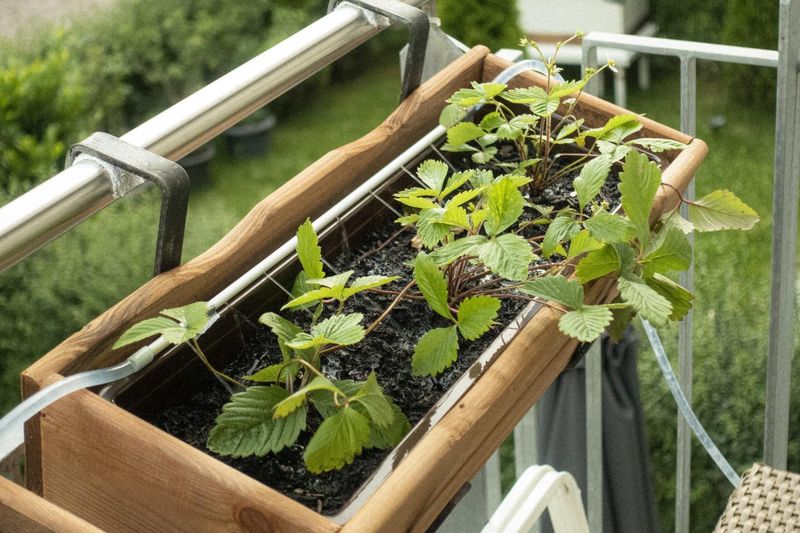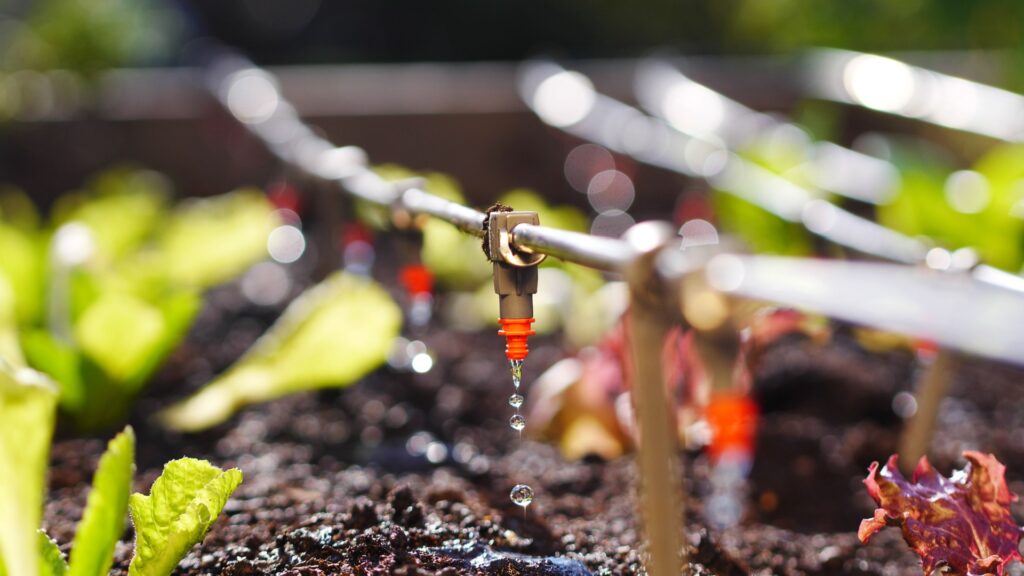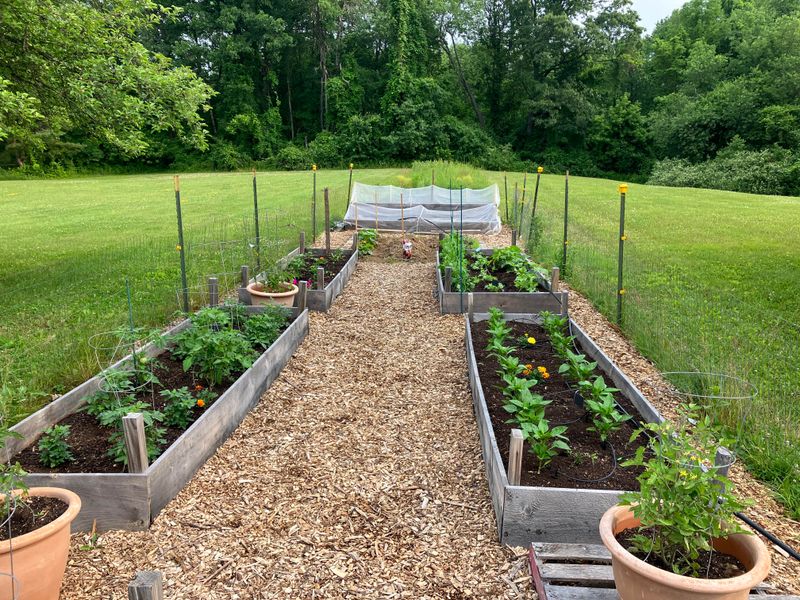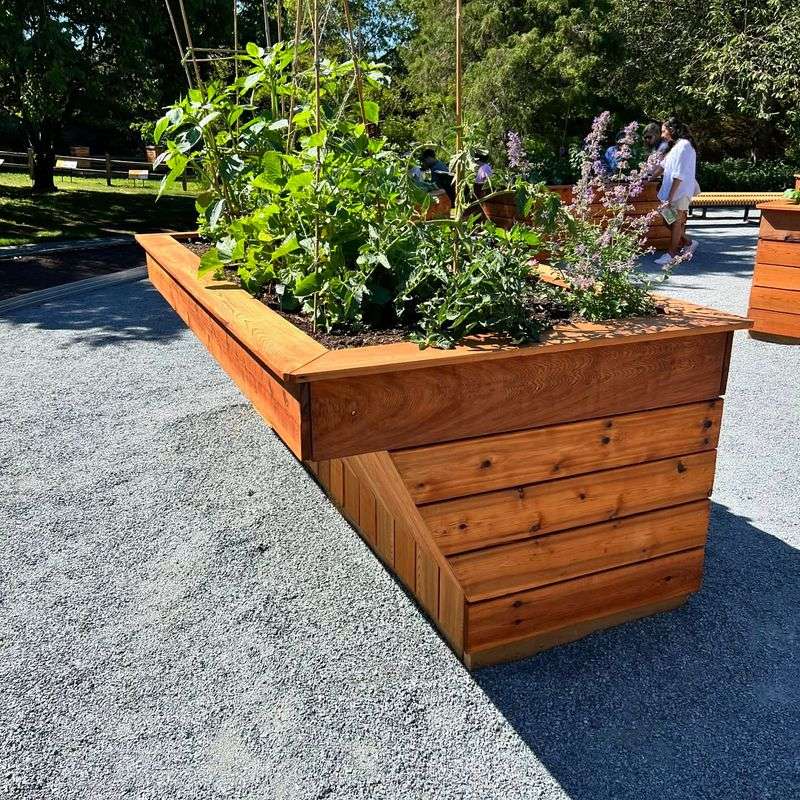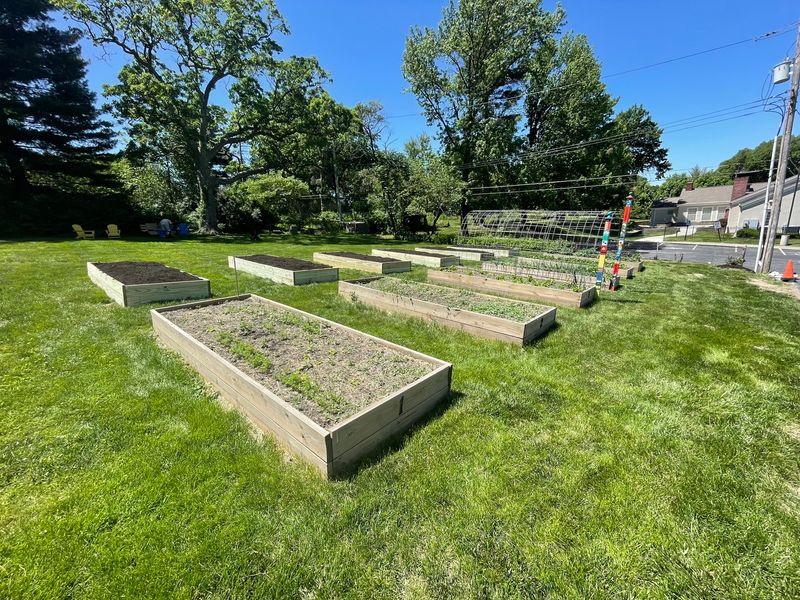Kansas City gardeners face unique challenges with hot summers, cold winters, and unpredictable rainfall patterns. Many local green thumbs are switching to raised beds equipped with smart drip irrigation systems.
These climate-friendly setups help plants thrive while using less water and reducing the garden’s carbon footprint.
1. Beating KC’s Clay Soil Struggles
Kansas City’s notorious clay soil makes traditional gardening a real headache. The dense, sticky earth drains poorly and compacts easily, suffocating plant roots.
Raised beds filled with custom soil mixes bypass this problem entirely. Gardeners create the perfect growing environment from scratch, controlling drainage and nutrient content precisely.
2. Water Conservation During Drought Seasons
Remember that brutal drought in 2018? Smart drip systems deliver water directly to plant roots, cutting waste by up to 70% compared to traditional sprinklers. For KC gardeners, this means keeping gardens alive during water restrictions without breaking the rules.
The systems can be programmed to water at optimal times—usually early morning—further reducing evaporation loss.
3. Extended Growing Seasons Through Temperature Control
Raised beds warm up faster in spring and maintain heat longer in fall. Kansas City gardeners gain precious extra weeks on both ends of our growing season! Many local gardeners report harvesting fresh vegetables well into November.
The elevated soil temperature creates a microclimate that protects plants from early frosts and allows for earlier spring planting.
4. Weather-Responsive Smart Technology
Gone are the days of watering during rainstorms! Modern drip systems connect to weather forecasts through smartphone apps and automatically adjust watering schedules. After a heavy Midwestern thunderstorm, the system pauses itself.
Before a heatwave, it increases water delivery. This responsive approach saves water while keeping plants perfectly hydrated—even when you’re away on summer vacation.
5. Protection From Extreme Weather Events
Kansas City weather can swing wildly from drought to flooding. Raised beds with proper drainage prevent root rot during those spring downpours that leave traditional gardens underwater. During summer heat waves, smart drip systems maintain consistent moisture levels.
Many local gardeners add hoops to their raised beds, creating instant protection from hail, heavy rain, and harsh sun.
6. Lower Carbon Footprint Through Efficiency
Locally-sourced cedar beds paired with solar-powered drip systems create truly sustainable gardens. Many KC gardeners build beds from reclaimed materials found at architectural salvage stores in the West Bottoms.
The precision watering of smart systems eliminates runoff, keeping fertilizers in your garden instead of washing into storm drains. This reduces water pollution while maximizing the benefit of any organic amendments added to the soil.
7. Accessibility For Aging Gardeners
Prairie Village Garden Club members rave about how raised beds eliminate bending and kneeling. For seniors or gardeners with mobility issues, these elevated gardens make continuing their passion possible. The smart drip systems further reduce physical demands by automating watering.
Many Kansas City community gardens now include raised beds specifically designed for accessibility, allowing gardening to remain a lifelong activity.
8. Community Building Through Sustainable Practices
Brookside and Waldo neighborhoods have seen gardening clubs form around sustainable practices. Families share tips about optimizing drip systems and building the perfect raised bed soil mix. Local schools like Border Star Montessori use these gardens as outdoor classrooms.
Children learn about water conservation and climate-friendly growing techniques while tending their own plots. The visible nature of raised beds makes them natural conversation starters.

